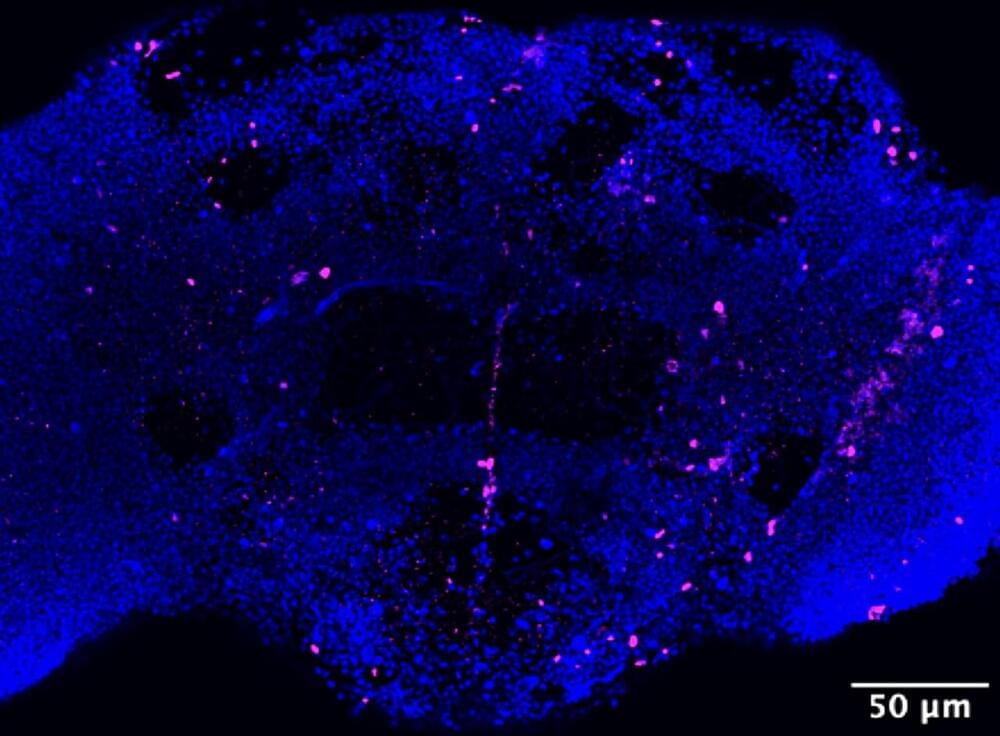Nov 9, 2023
Alaskan Forests Crucial for Climate and Biodiversity Goals, Oregon State University Study Finds
Posted by Laurence Tognetti, Labroots Inc. in categories: biological, climatology, habitats, law, sustainability
A recent study published in AGU Advances examines how the conservation and protection of two Alaskan forests, Tongass and Chugach, are essential in fighting the effects of climate change due to their expanse for wildlife habitats, abundant carbon stocks, and landscape integrity. This study was led by researchers from Oregon State University and holds the potential to help scientists better understand the steps that need to be taken to mitigate the long-term effects of climate change by preserving the resources of today.
Tongass National Forest (Credit: Logan Berner)
“More thoroughly safeguarding those forests from industrial development would contribute significantly to climate change mitigation and species adaptation in the face of the severe ecological disruption that’s expected to occur over the next few decades as the climate rapidly gets warmer,” said Dr. Beverly Law, who is a Professor Emeritus of Global Change Biology & Terrestrial Systems Science at Oregon State University and lead author of the study.


















